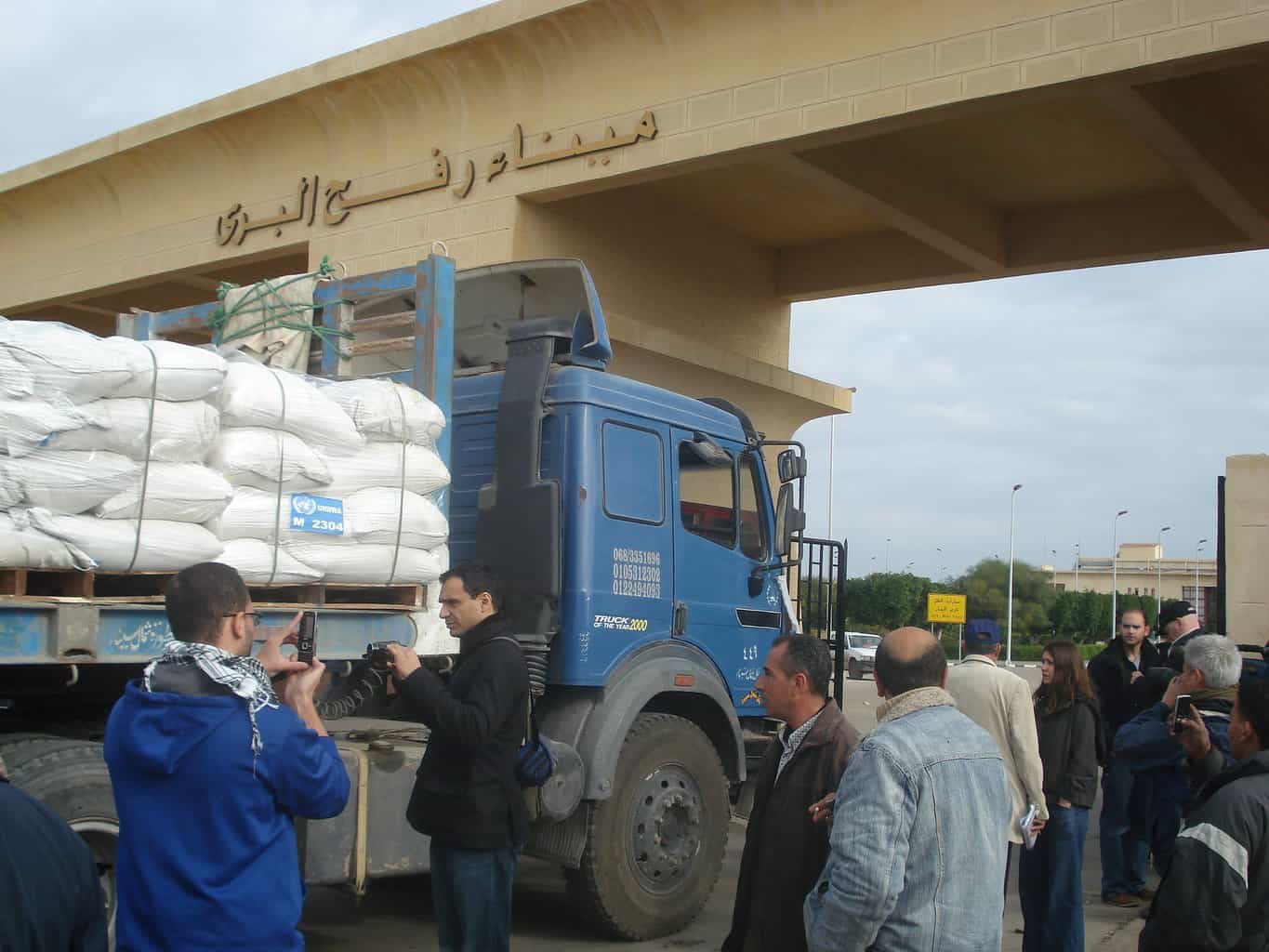UN Appoints Humanitarian Coordinator for Gaza as Part of Security Resolution
UN Secretary General Antonio Guterres has tapped the Deputy Prime Minister of the Netherlands and senior diplomat, Sigrid Kaag, to perform the role of Senior Humanitarian and Reconstruction Coordinator for Gaza. The position was created by the Security Council Resolution 2720 meant to assure “immediate, safe and unhindered delivery of humanitarian assistance at scale directly to Palestinian civilians throughout the Gaza Strip,” according to the UN.
Ms. Kaag starts the position on January 8 and will “facilitate, coordinate, monitor and verify aid consignments” and “establish a mechanism to accelerate humanitarian relief shipments through States that are not party to the conflict.” The point being to accelerate aid distribution in the face of a suffering population of 2.2 million.
The UN website Relief Web, which gives daily updates on the situation in Gaza, outlines the tragedy:
“Humanitarian food assistance, which was supporting over two thirds of the population before the escalation of the hostilities, is now extremely inadequate to cover the rapidly growing life-threatening needs.
“The quantities of commodities, including food, allowed to enter the Gaza Strip are largely insufficient; and on most days, these are only reaching a portion of the population of Rafah Governorate… People go entire days and nights without eating. Many adults go hungry so children can eat.”
Relief Web says that the entire population of Gaza is at the food security level of crisis. “This is the highest share of people facing high levels of acute food insecurity that the IPC [food security scaling] initiative has ever classified for any given area or country,” says the UN.
“Among these, about 50% of the population (1.17 million people) is in Emergency (IPC Phase 4) and at least one in four households (more than half a million people) is facing catastrophic conditions (IPC Phase 5, Catastrophe).”
Emergency and Catastrophe phases are “characterized by households experiencing an extreme lack of food, starvation, and exhaustion of coping capacities.”
Part of Resolution 2720 demands that the use of available routes and border crossings be facilitated to ensure “humanitarian personnel and assistance — including fuel, food and medical supplies and emergency shelter assistance — reaches the civilian population in need throughout the Gaza Strip without diversion and through the most direct routes.”
However, Relief Web also notes that as of December 26, only half of the $1.2 billion in aid requested from member states for the emergency response plan have been provided. They are requesting that the difference be made up with private donations.
As with any non-governmental organization, full donations do not reach the recipients as the cost of transport and staff salaries are also taken from the amount received. The United Nations has one of the highest rates of donation distribution, recorded at 89% by the University of Syracuse.
The United States is the largest donor of humanitarian aid to Gaza, pledging $100 million through the UN on October 18. It isn’t clear whether more aid has been sent since that time.
A US State Department release did, however, note, “We look forward to coordinating closely with Ms. Kaag and the UN Office for Project Services on efforts to accelerate and streamline the delivery of live-saving humanitarian relief to Palestinian civilians in Gaza.”
The UN says that “Ms. Kaag served in several senior positions with UNICEF, the International Organization for Migration, and the UN agency that assists Palestine refugees, UNRWA.” Her husband is Palestinian.
IP Correspondent

